
Contact Dermatitis on Face: Meaning, Types, Treatment
Contact dermatitis on the face is a common skin condition caused by an allergic reaction or irritation from various substances touching the facial skin. It can result in red, itchy, swollen, and irritated facial skin that can be uncomfortable. In this blog, we'll discuss what contact dermatitis is, the types of contact dermatitis that can occur on the face, symptoms, causes, treatment options, prevention tips, and when one should see a dermatologist.
What is Contact Dermatitis?
So, what is contact dermatitis? Contact dermatitis refers to skin inflammation that occurs when one's skin comes into contact with an irritant or an allergen. The most common areas affected are the hands, face, eyelids, neck, and skin folds.
Contact dermatitis can occur when the skin is exposed to things that directly irritate, damage, or dry out the skin, such as soaps, detergents, acids, solvents, etc. Some people also experience contact dermatitis when the immune system overreacts to a substance it perceives as harmful. Common triggers include nickel, fragrances, preservatives, rubber latex, and hair dyes.
Types of Contact Dermatitis on the Face
The two main types of contact dermatitis that can occur on the facial skin are:
- Irritant Contact Dermatitis on Face: This allergic contact dermatitis on the face occurs when the facial skin comes into direct contact with substances that irritate or damage it. Common causes of irritated skin leading to facial contact dermatitis include soaps, detergents, skincare products with harsh ingredients, solvents, acids, cigarette smoke, and pollution. Using too hot water to wash the face or taking long hot showers can irritate and dry out facial skin over time, causing irritant contact dermatitis.
- Allergic Contact Dermatitis on Face: Allergic contact dermatitis on the face occurs when the skin has an immune reaction to certain substances that it perceives as harmful allergens. Common triggers include ingredients in skincare/cosmetic products like fragrances, preservatives, and lanolin, hair care products like hair dye, metals like nickel in jewellery, rubber latex in masks, and plants like poison ivy. In such cases, the immune system releases histamine to attack the perceived threat, leading to allergic reactions on the face, facial inflammation, redness, swelling, and itchiness.
Symptoms of Contact Dermatitis on the Face
Some common symptoms of contact dermatitis affecting the facial skin include the following:
- Redness
- Itching or burning sensation
- Swelling
- Small fluid-filled blisters
- Oozing, crusting or scaling
- Dry, cracked skin
- Worsening of other skin conditions like eczema
In severe cases, the rash and inflammation can spread beyond the original area that came in contact with the irritant/allergen. Scratching can also spread the rash and cause or worsen the infection.
Causes of Contact Dermatitis on the Face
The leading causes behind contact dermatitis on the facial skin include the following:
- Allergens: Substances that trigger an immune reaction in someone sensitive to it, like certain ingredients in skincare, haircare or cosmetic products; metals; latex; plants, etc.
- Irritants: These substances directly damage or irritate facial skin upon contact. Common irritants include harsh soaps/cleansers, solvents, cigarette smoke, industrial chemicals, pollution, and fragrances.
- Environmental factors: Conditions like cold, dry weather, low humidity, and sun exposure can dry out and irritate sensitive facial skin over time. Wind and high pollution levels can also aggravate contact dermatitis symptoms.
Treatment Options for Contact Dermatitis on the Face
Some contact dermatitis on-face treatment options include the following:
- Topical corticosteroid creams prescribed by a dermatologist, like hydrocortisone cream. This treatment can help one reduce inflammation and itching.
- Antihistamine pills or creams can help control allergic reactions and reduce redness or swelling.
- Gentle, fragrance-free moisturisers can hydrate, soothe, and protect sensitive skin. The Pink Foundry's Acne Care & Healing Gel Moisturiser with Tea Tree & Cica is non-greasy and suitable for all skin types prone to acne.
- It is one of the easiest allergic contact dermatitis face treatment options.
- Cool compresses are also beneficial for relief from temporary itching or burning.
- One should consider avoiding triggers that caused the reaction in the first place.
Most of the treatment options covered are mild contact dermatitis face treatment options. In severe cases, oral corticosteroids or other immunosuppressants may be prescribed to control the immune reaction and rashes.
How to Prevent Contact Dermatitis on the Face
You can take some simple precautions to prevent contact dermatitis flare-ups on your facial skin:
- Avoid known skin allergens and irritants whenever possible.
- Use gentle, fragrance-free and non-comedogenic skincare and cosmetic products.
- Do a skin patch test to check for skin reactions when using any new product.
- Rinse the skin well after using harsh cleansers/solvents. Keep the skin moisturised. The Pink Foundry's Waterlight Gel Moisturiser is a notable option to consider.
- Limit sun exposure and use non-irritating sunscreen.
- Use mild laundry detergent and double-rinse clothes.
- Wear gloves for wet work or while handling chemicals.
- Keep the face covered in cold, dry or polluted weather.
When to See a Doctor
One should consider consulting a dermatologist if they experience any of these mentioned conditions:
- The facial rash continues to worsen or doesn't improve with over-the-counter treatments
- The skin develops swelling, blisters, oozing, crusting or scaling.
- Symptoms like redness, itchiness, and inflammation are very severe.
- Signs of skin infection emerge like pus, yellow crust, fever or heat.
- It is not clear what caused the contact dermatitis reaction.
Based on one's symptoms, medical history, and possible triggers, the dermatologist can prescribe stronger medications or advise allergy testing to pinpoint the problematic allergen.
Conclusion
Contact dermatitis on the facial skin is a common condition that can cause discomfort. Identifying and avoiding potential triggers and gentle skincare practices can be crucial to managing this troublesome skin issue. Seeking timely medical care is also important if symptoms worsen or one experiences any signs of infection. Contact dermatitis flare-ups can be minimised with diligence regarding skin care and avoiding triggers.
FAQs
Q1: What is the best treatment for allergic contact dermatitis on the face?
A1: The most effective treatment for allergic contact dermatitis on the face is topical prescription steroid creams/ointments to reduce inflammation and itchiness. Antihistamine medications can also help control allergic reactions.
Q2: How can I prevent allergic contact dermatitis on my face?
A2: One can prevent contact dermatitis flare-ups by first avoiding known allergens through patch-testing new products. One can also use gentle, fragrance-free skincare and cosmetics. Moisturising daily and limiting sun exposure can also help people with sensitive facial skin.
Q3: Can contact dermatitis spread if scratched?
A3: Scratching the site affected by contact dermatitis can further spread the rashes by transferring allergens or irritants to other areas, resulting in skin infections. One should avoid scratching and try to keep the nails short and clean.
Q4: Is contact dermatitis contagious?
A4: Contact dermatitis is not contagious by itself. However, the fluid from blisters or weeping rashes can spread allergens or irritants to other people and objects, possibly causing new cases. Affected people can keep the blisters covered with clean bandages.






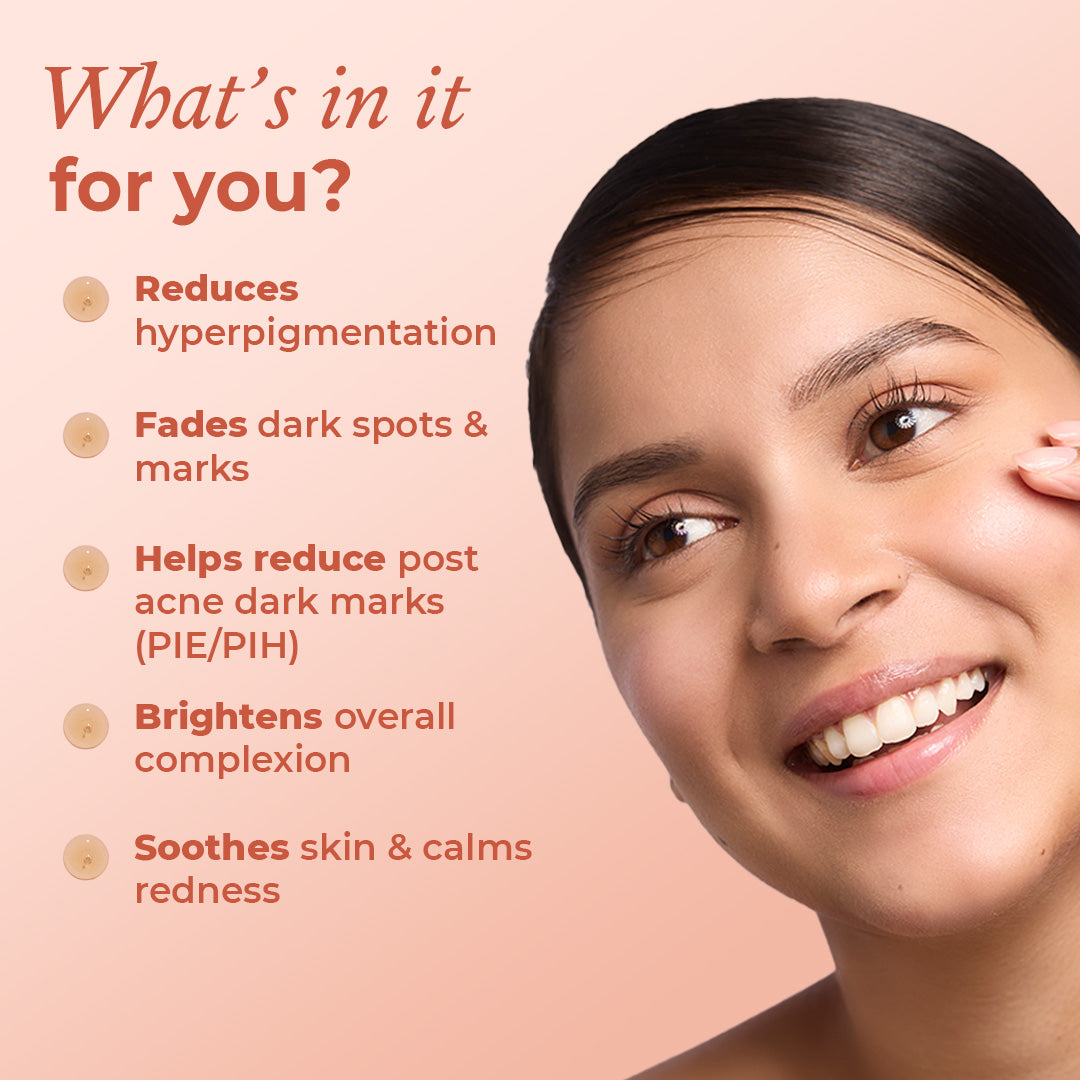

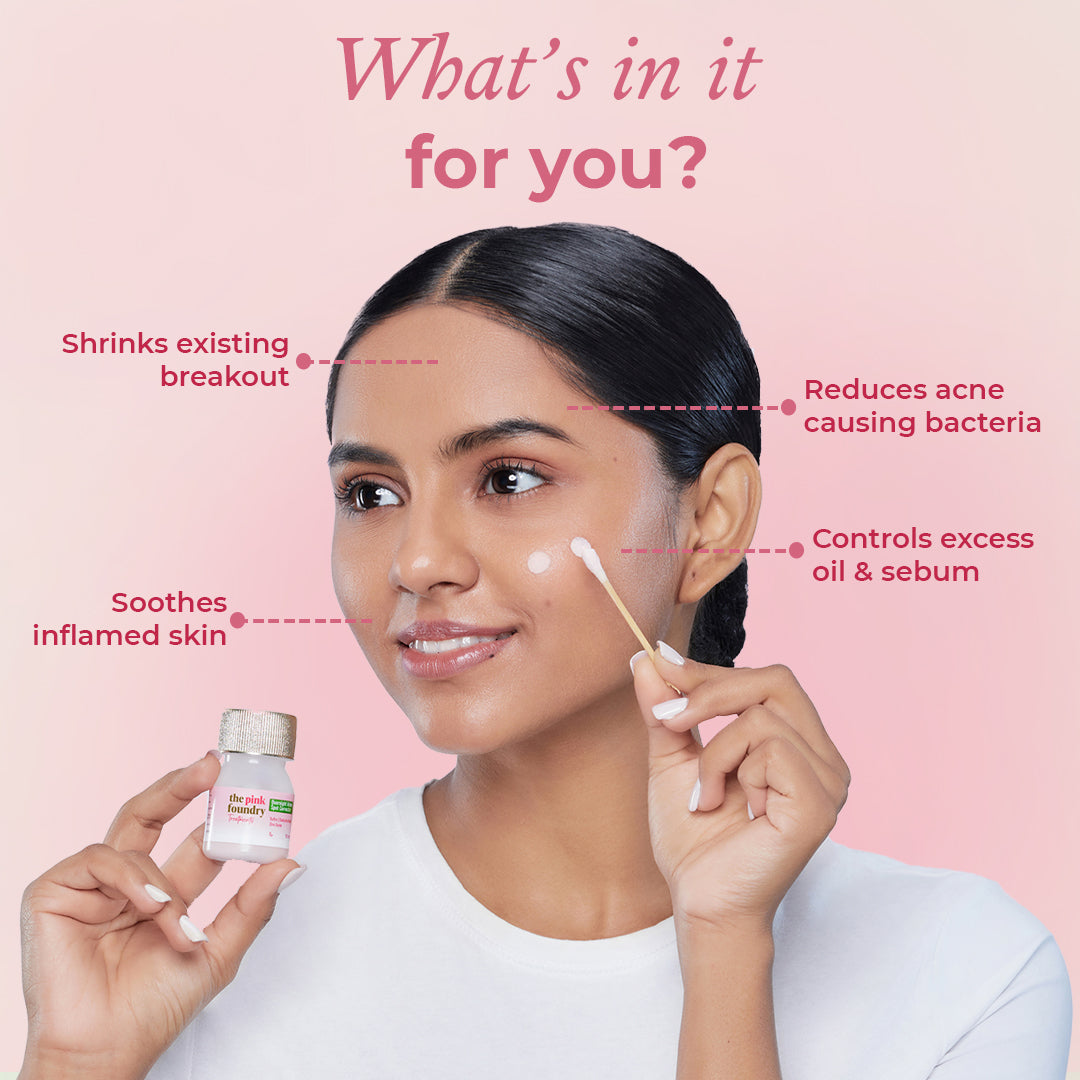
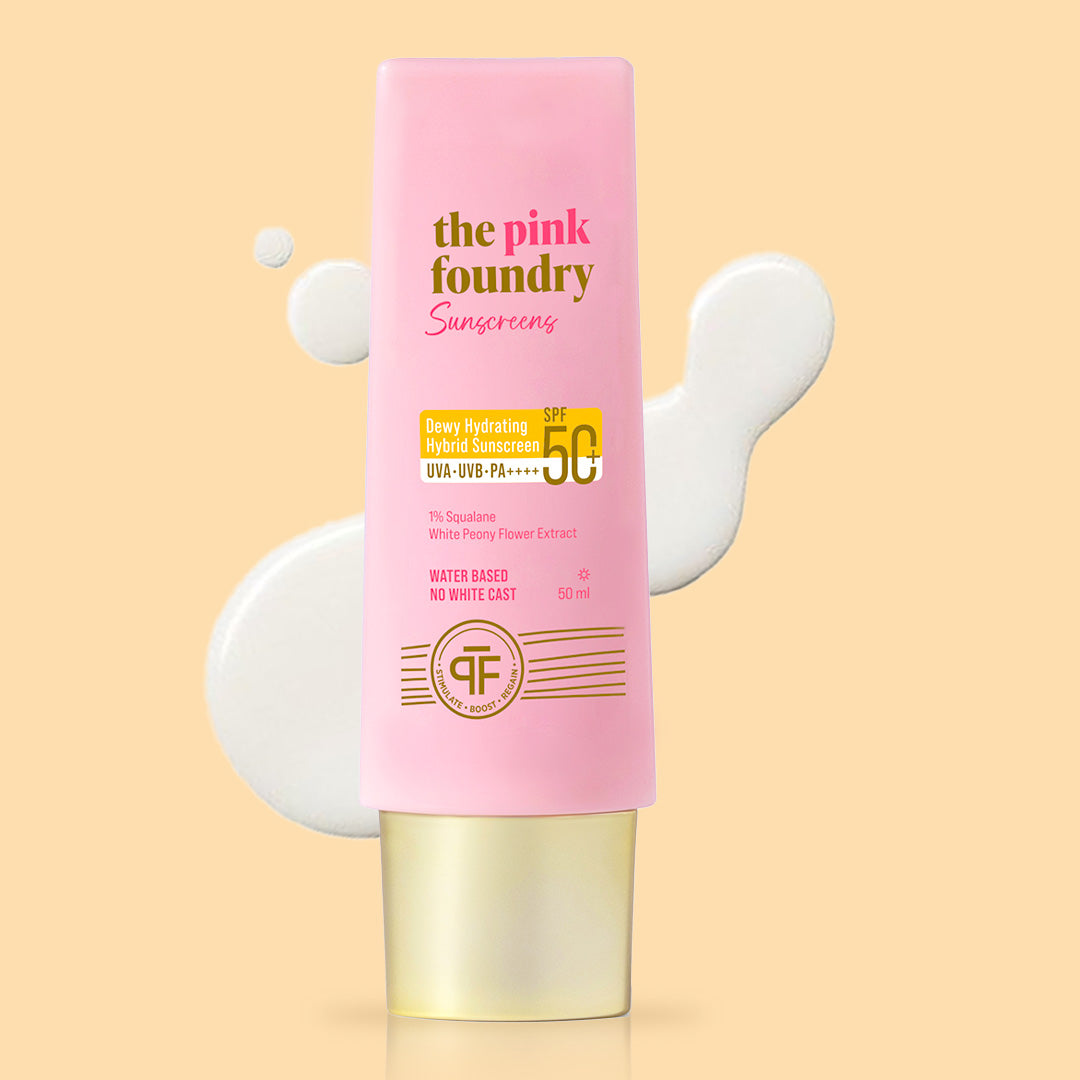
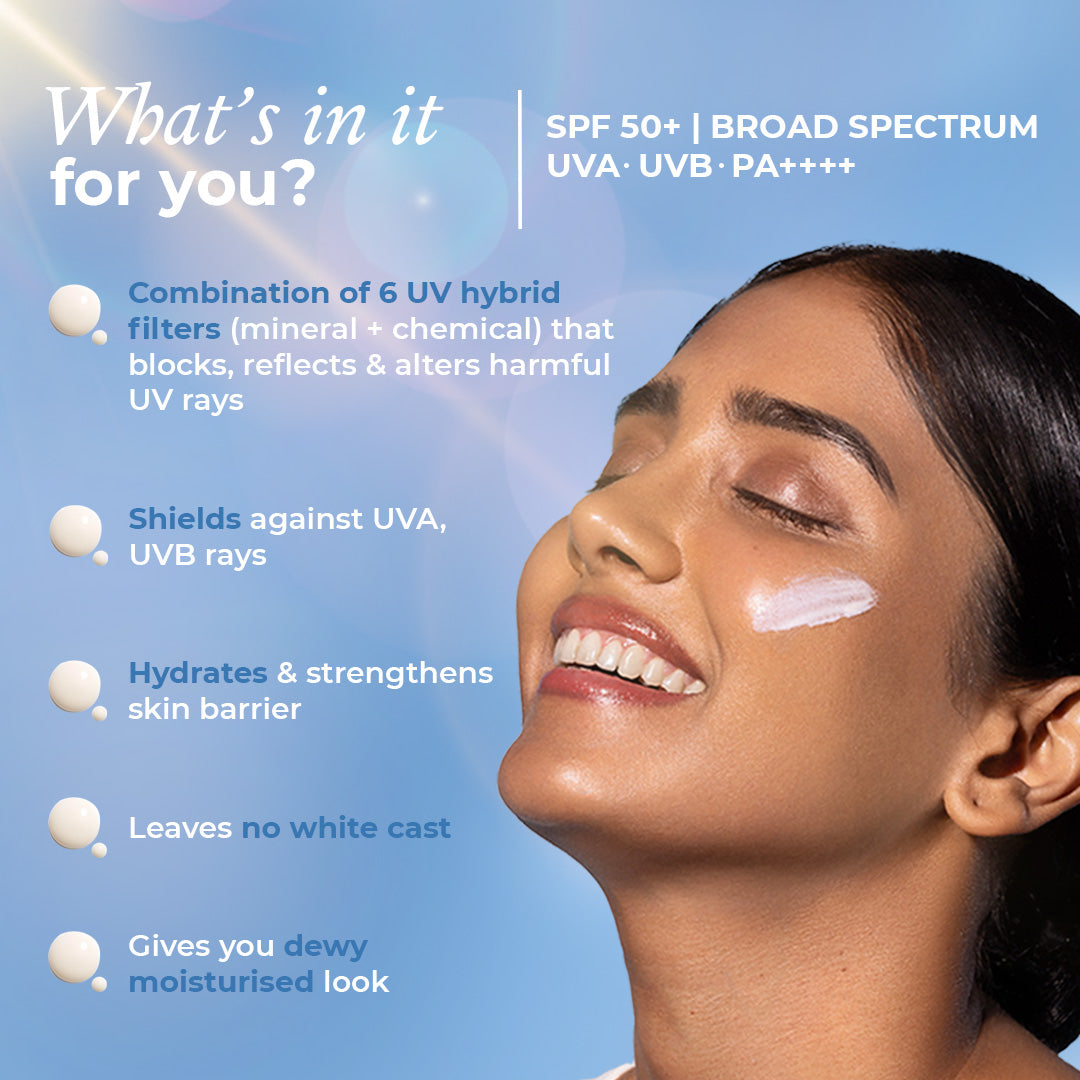
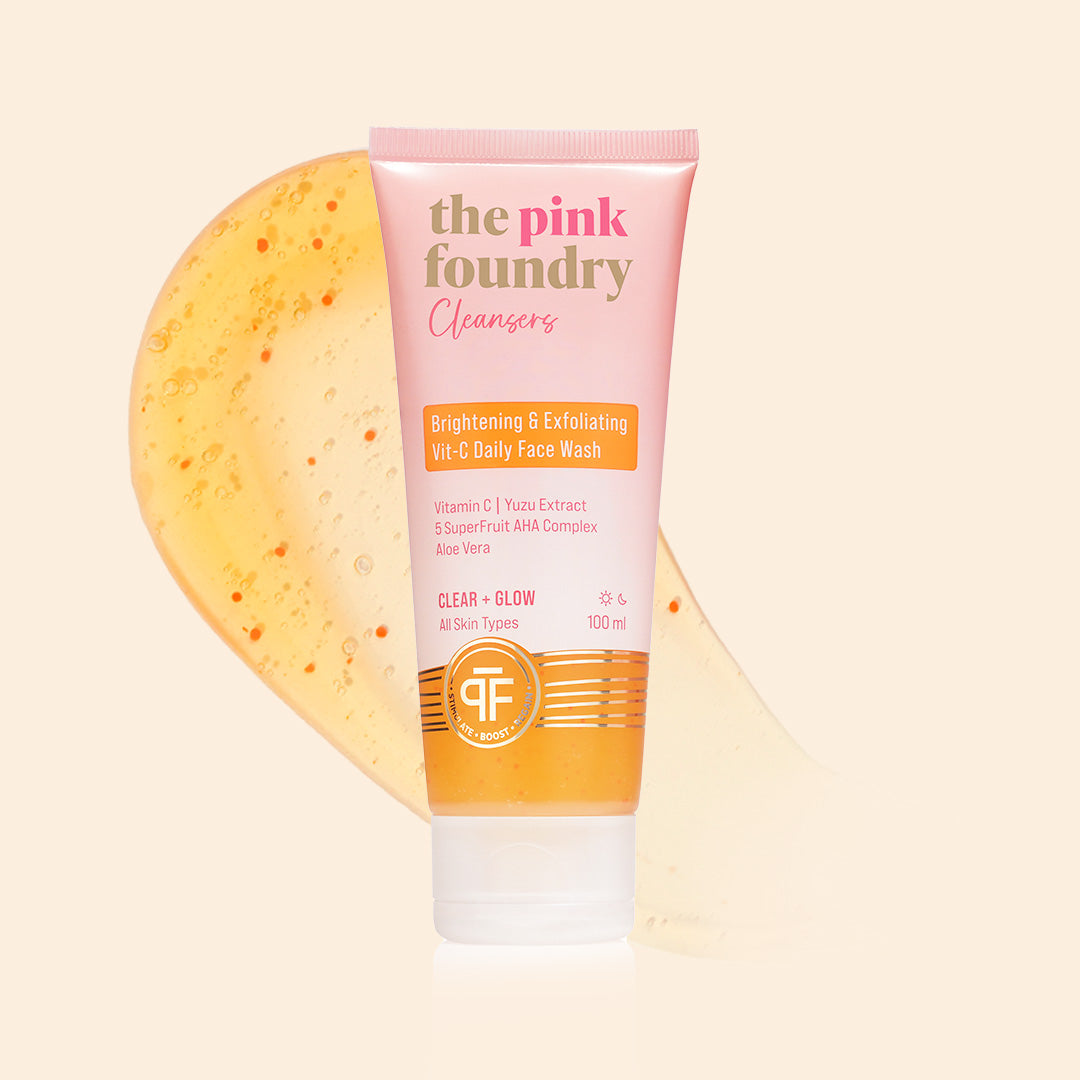
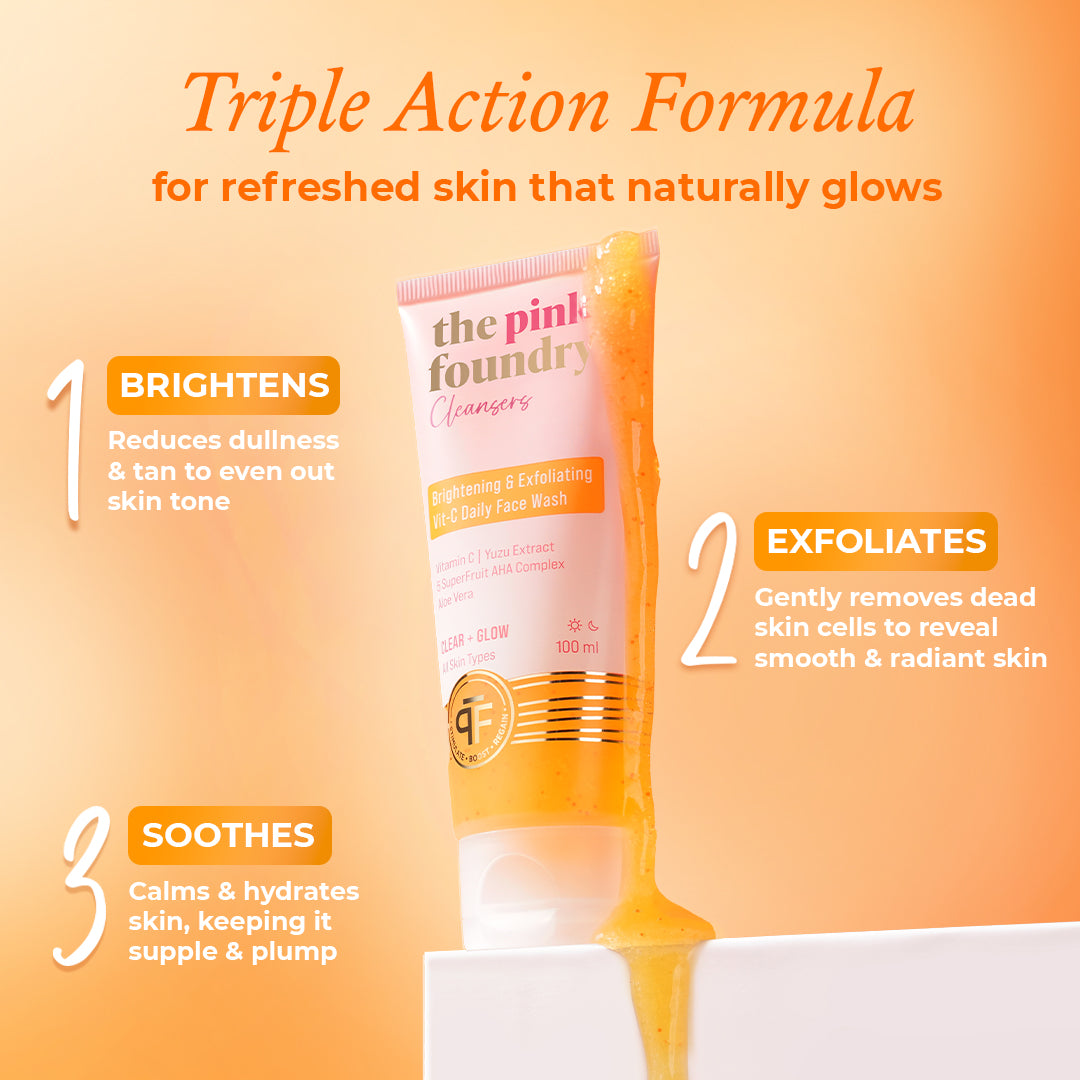
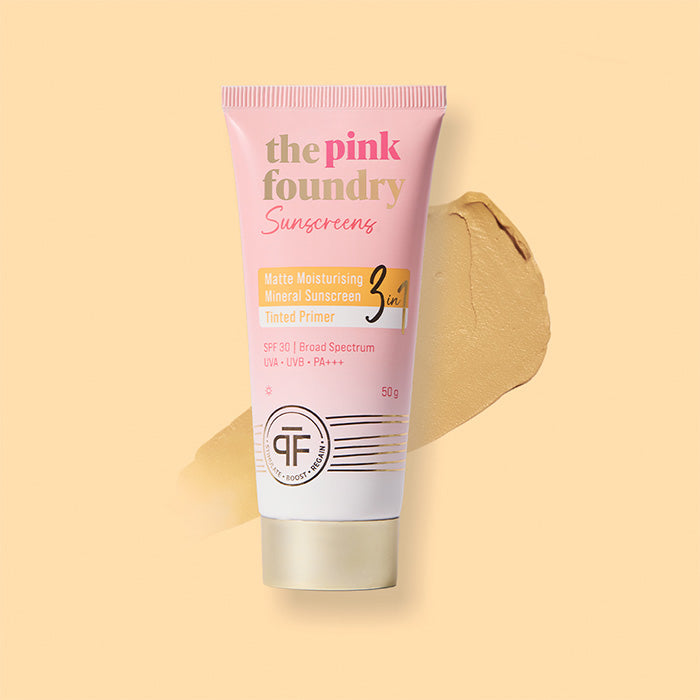
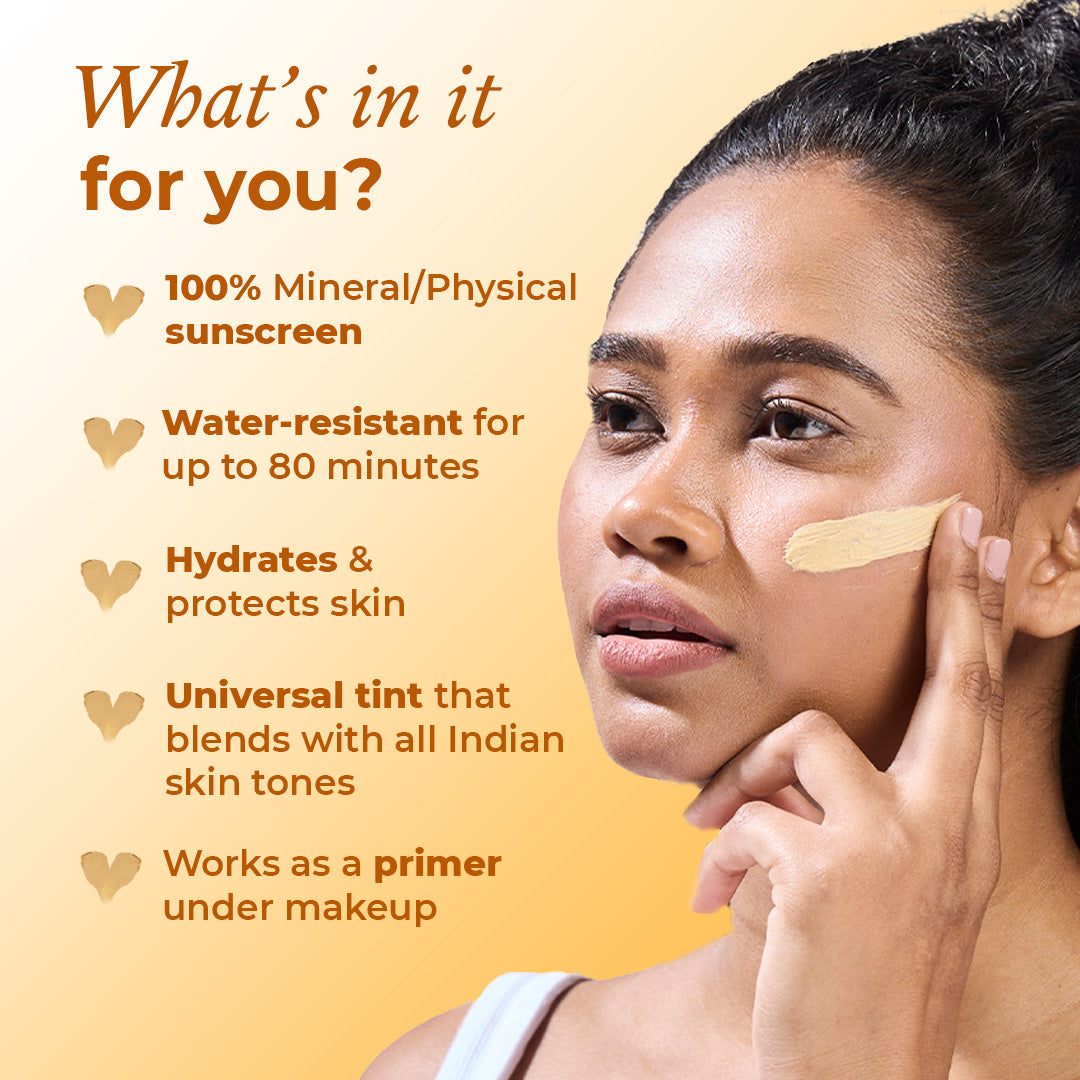
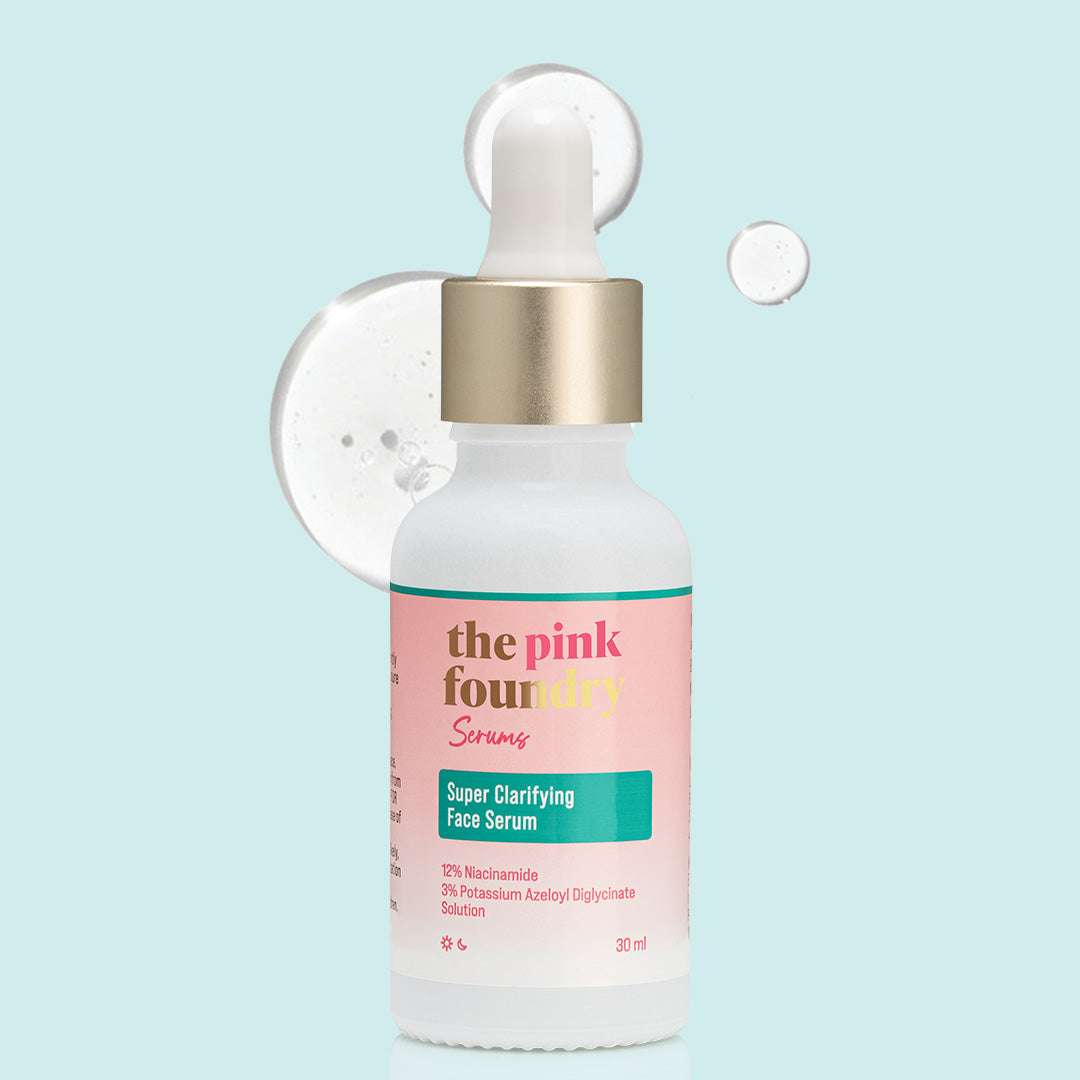
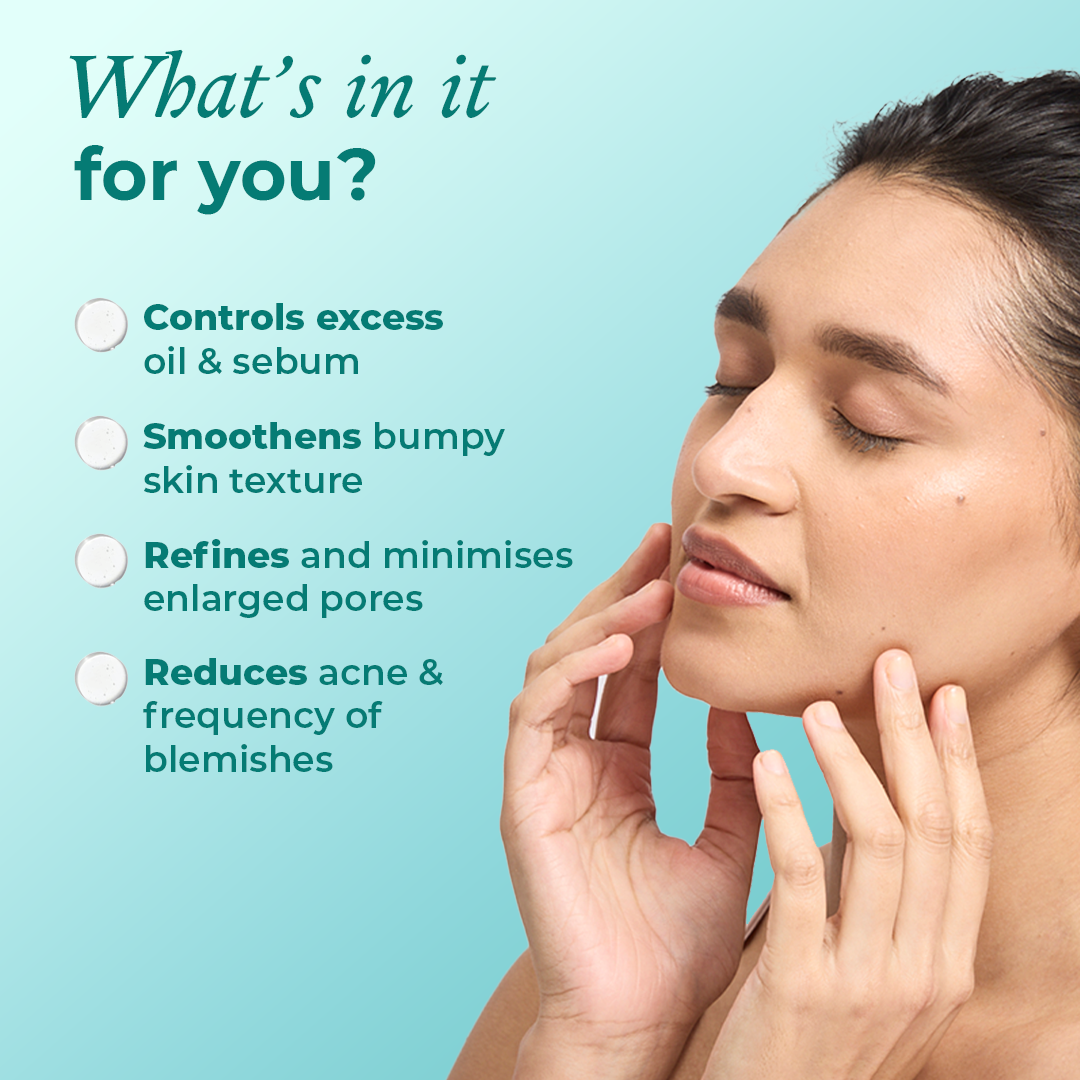

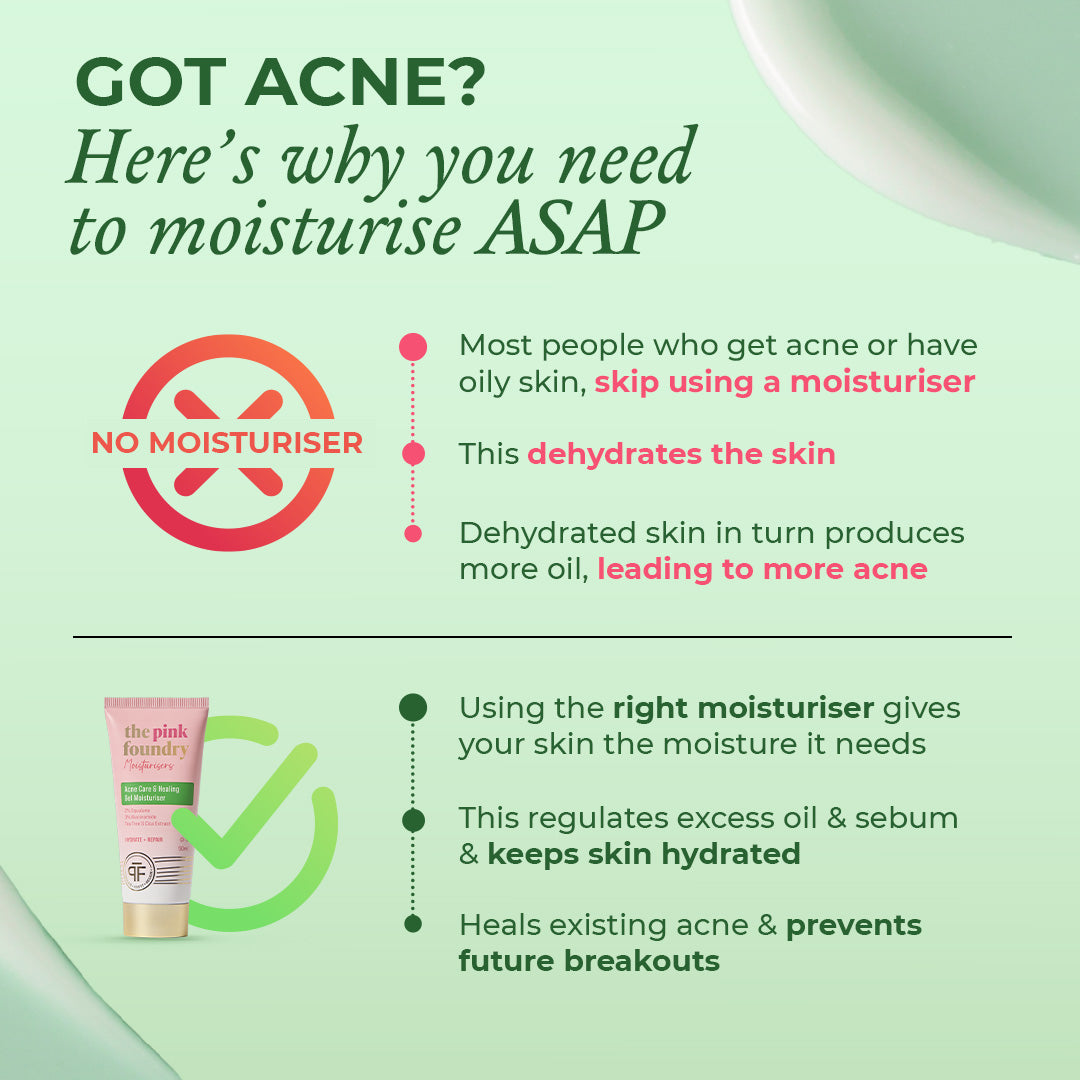
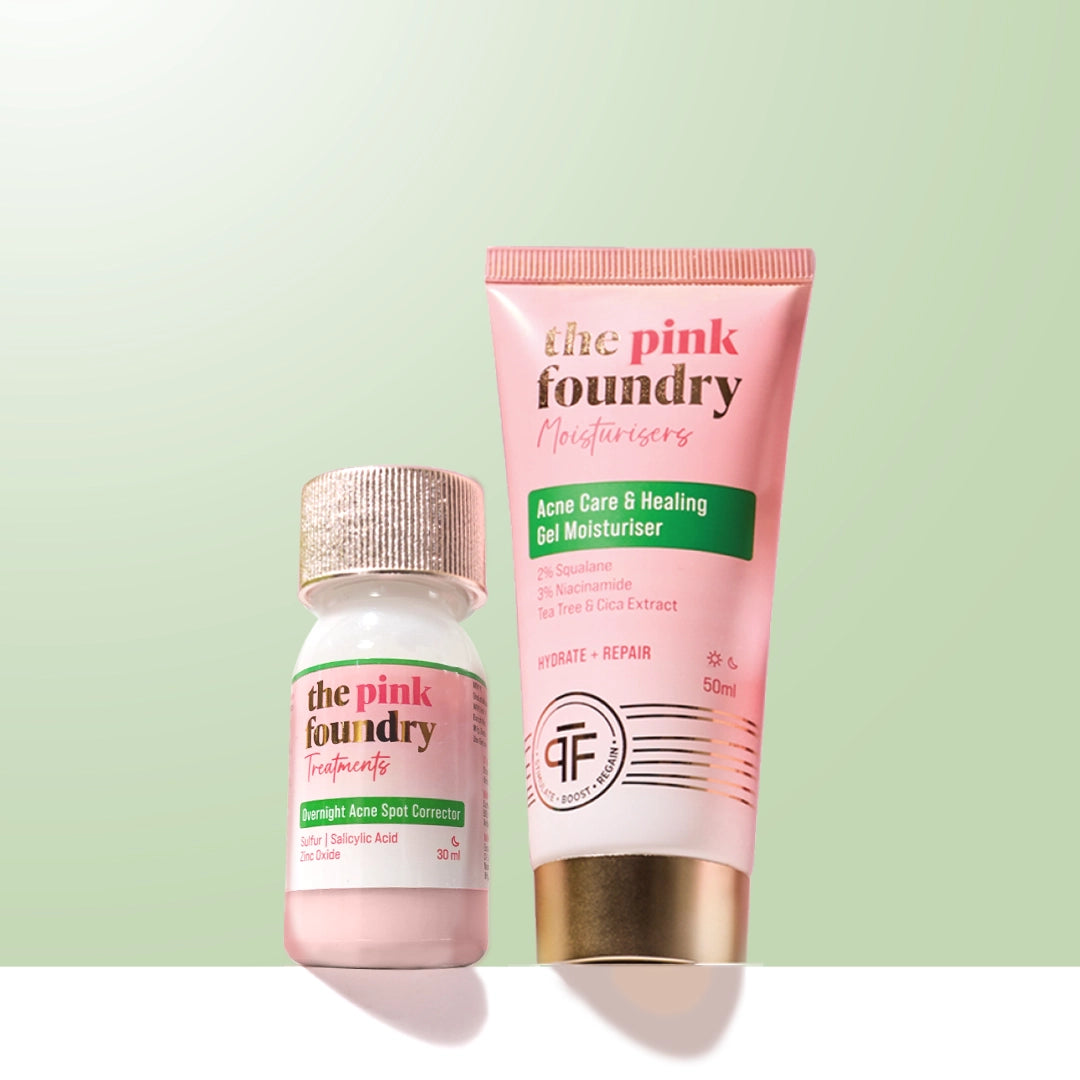
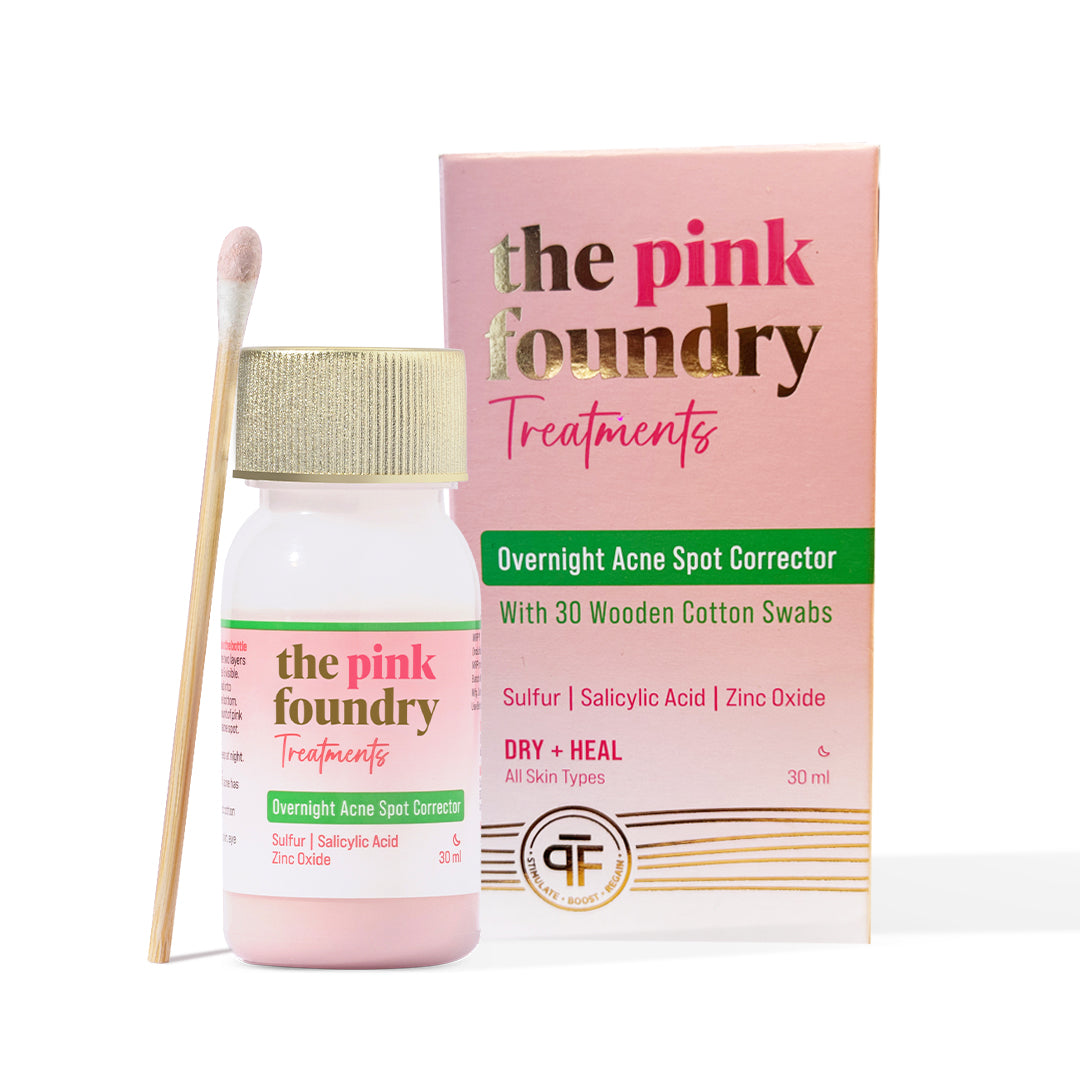
Leave a comment
This site is protected by hCaptcha and the hCaptcha Privacy Policy and Terms of Service apply.